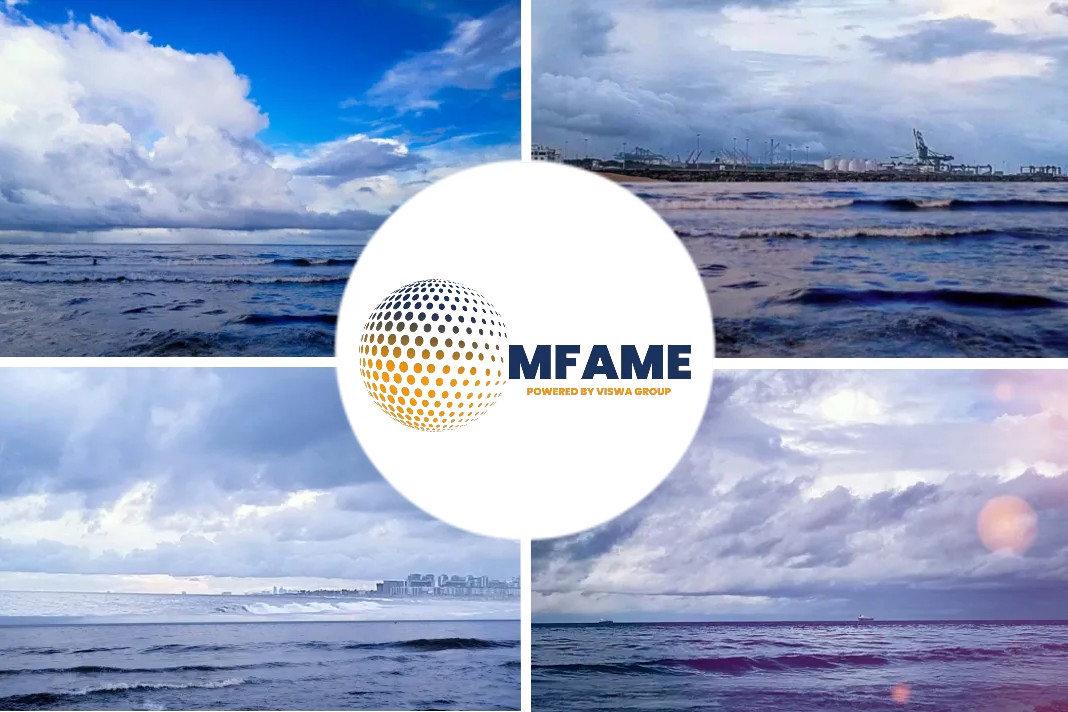The Daniel K Inouye, a largest container ship ever built in the US, was constructed at the Philly Shipyard in Philadelphia. The new vessel is the first of four new state-of-the-art ships due to enter service by 2020 as part of a larger $1 billion investment in modernising shipping company Matson’s Hawaii service. However at only 3,600 TEU capacity, just how big a step is this in the development of President Trump’s ‘America First’ policy?
US’s lost shipbuilding capacity
The Daniel K Inouye is the most modern of vessels, constructed as she is with dual fuel engines that can be converted to using LNG, she has a fuel efficient, double hull plus water treatment systems to meet current ballast regulations. At 850 feet and 51,400 tonnes the new ship, named after the Hawaiian Senator who was an ardent supporter of US maritime interests, is a sizeable piece of kit.
However the US, in common with many first world nations, has virtually lost the ability to return to the big shipbuilding and other shipping related engineering projects, at anything like a practical cost.
Racism in ship building
The fact is that Matson’s, whilst obviously delighted to have their new fleet constructed on home turf, really don’t ever have a choice in the matter. Bound by the restrictions of the Jones Act only a US constructor is allowed by law to build their vessels as they are employed on domestic routes. Similarly so must the crew and everyone and everything associated with the craft also be certified as American or it will contravene the Act.
Most promising ship builders
Container ships of late have been growing ever larger and, although the tide has probably now turned for the foreseeable future, the raft of 20,000+ TEU vessels launched or on the blocks were all constructed in South Korea, China and the other major industrial nations.
A similar picture exists with the biggest of maritime cranes, with only pockets of resistance to the trend worldwide, much of the opposition coming from government subsidised initiatives.
In May the latest of the giant quay cranes, paid for in part at least from federal sources to the Port of Philadelphia, arrived with a fanfare at the dock.
Expanding US port operations
The Port of Philadelphia is currently implementing $300 million infrastructure upgrade that will see new warehousing facilities and handling equipment plus extensive works on the quays themselves.
Meanwhile a $271 federal grant to deepen the River Delaware means the port can accept ever larger vessels and, in 2017, ‘PhilaPort’ container cargoes grew by 19%, leading all US East Coast ports whilst Packer Avenue Marine Terminal (PAMT) also handled its largest vessel at 12,200 TEUs.
Last month another $25.5 million grant was awarded from federal sources to the Port of Philadelphia in the form of a Rebuilding America (INFRA) grant to complete the second phase of a multi-phase improvement plan at the PAMT.
Tariffs affect agriculture
The tariffs on steel and other commodities may be seen as a positive move in the Rust Belt of America but a recent Reuters survey revealed that 75% of 60 economists were convinced that the policy would prove expensive for the US and cause harm to the economy, particularly in the light of reciprocal, equally damaging tactics. Whereas only 2% of US steel arrives from China, agriculture in some states is largely dependent on the Chinese purchases of crops like soya beans which are vulnerable to retaliatory action.
As with London Gateway in the UK and dozens of other major ports around the world, when you want something that big to move cargo, be it crane or ship, it’s not likely to be built in America in the foreseeable future.
Did you subscribe for our daily newsletter?
It’s Free! Click here to Subscribe!
Source: Handy Shipping Guide
























